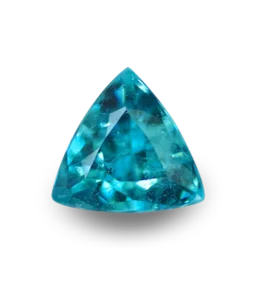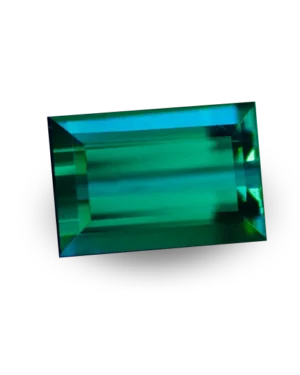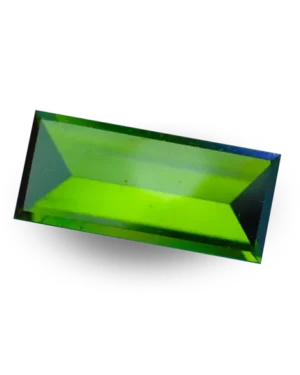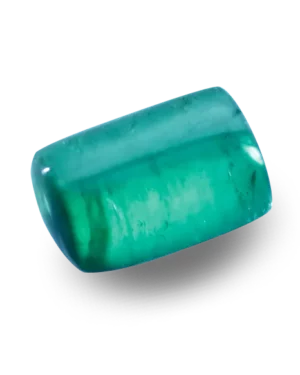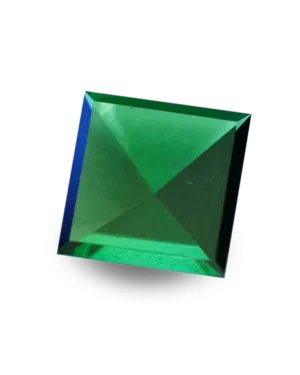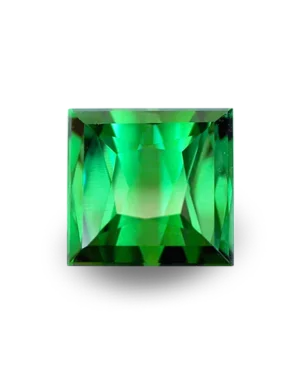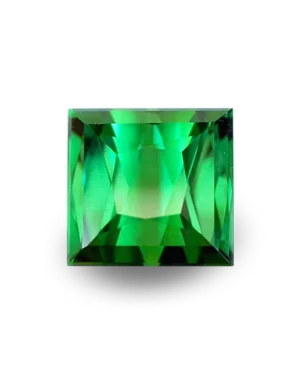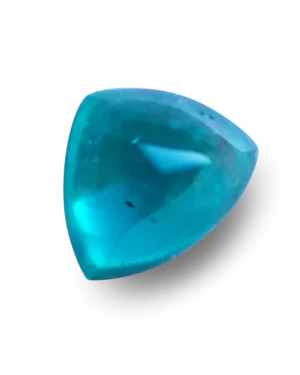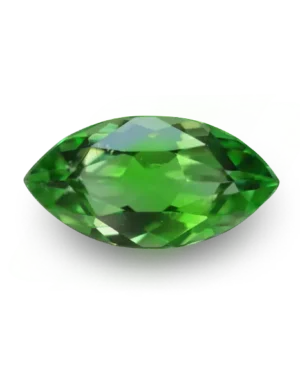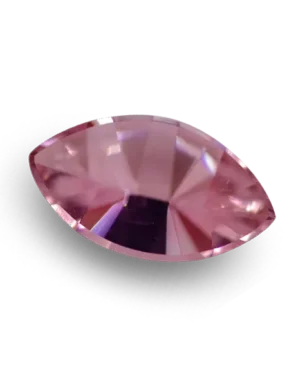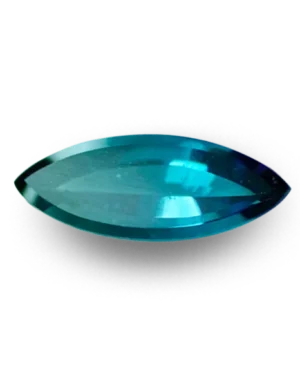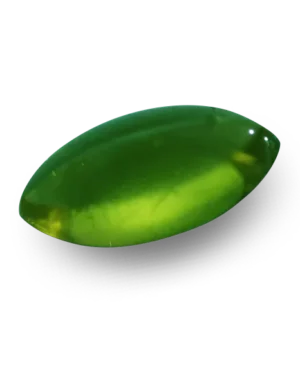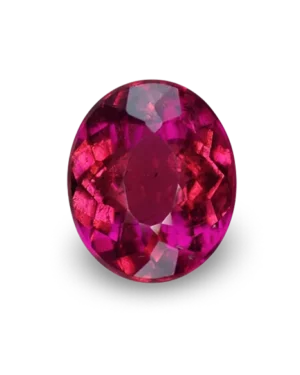Tourmaline Gemstone
Tourmaline is a mineral group of ring silicates consisting of varieties of solid solutions with structurally similar arrangement. This mineral group formed during the Earth’s formation, when acidic magma with high boron content met adjacent rock. Pressure and heat produced the weathering-resistant borosilicate tourmaline in a variety of chemical compositions. Tourmaline is found in igneous rocks, commonly in pegmatites, hydrothermal veins and ore deposits. The crystals of tourmaline have triangular symmetry and are often well formed and prismatic. They are elongated, can grow several meters long in rare cases, and have different color zones. The colors are mostly produced by metallic impurity atoms randomly incorporated in the crystal lattice, such as titanium, chromium, iron, nickel, vanadium, manganese, cobalt or copper.
Chemical formula for tourmaline:
XY3Z6(T6O18)(BO3)3V3W X=(Na,Ca,K,□), Y=(Fe2+,Mg,Mn2+,Al,Li,Fe3+,Cr3+), Z=(Al,Fe3+,Mg,Cr3+), T=(Si,Al,B3+), B=(B3+), V=((OH),O), W=((OH),F,O)
Gemstone quality tourmalines are currently found in these countries: Afghanistan, Brazil, Congo, Madagascar, Mozambique, Namibia, Nigeria, Sri Lanka, USA.
